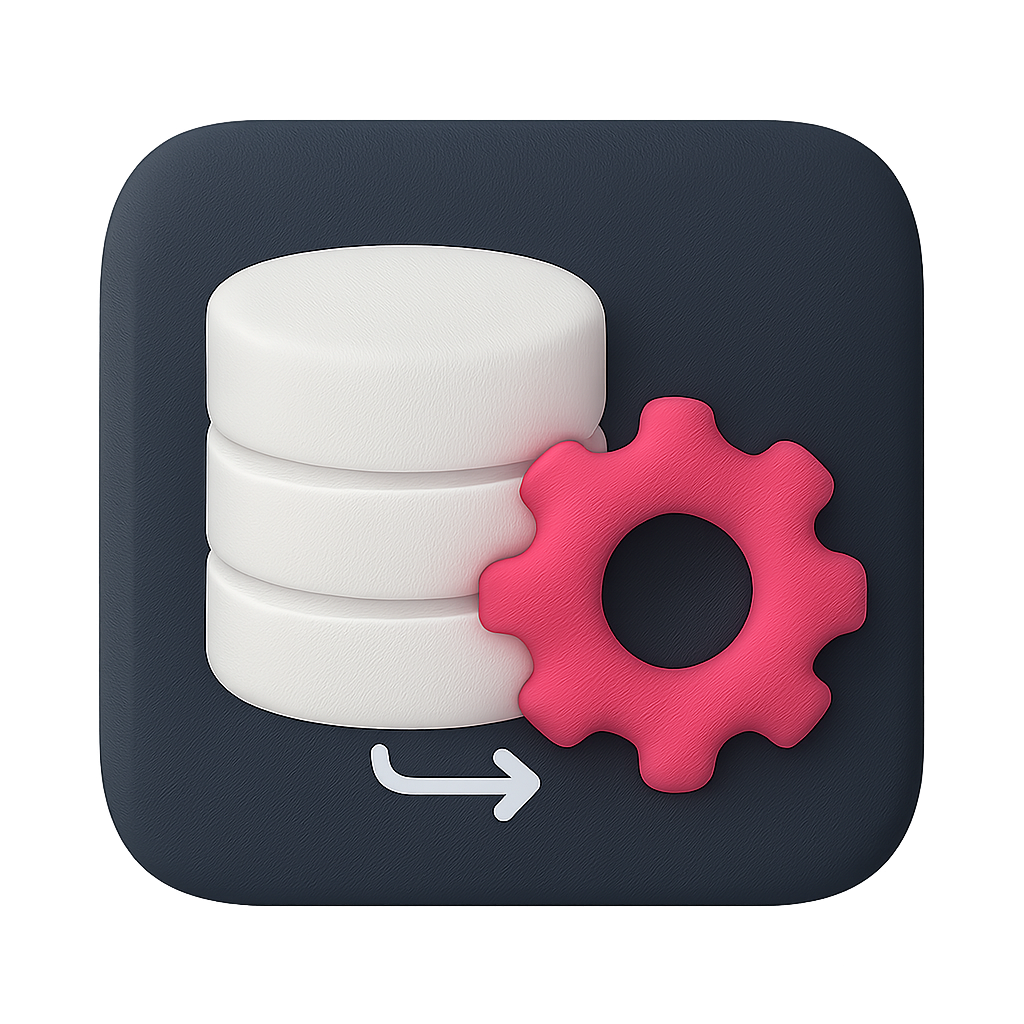Show Your %%Data Stack%% Who’s Boss.
Sifflet’s platform is powered by AI to tackle the sheer volume and complexity of the modern data stack.
















Augmented Assistance
Let AI help you speed things up. Sifflet is designed to reduce tedious tasks - like generating metadata descriptions or correcting SQL - with the click of a button.

No Coding Skills Required
Not an engineer? Not a problem. Describe what kind of monitors you’d like and Sifflet takes care of the rest.

Smart Alerts
Sifflet uses AI to optimize monitoring coverage and avoid alert fatigue by sending you the right alerts at the right time.
%%Dynamic%% Monitors
Monitors that get smarter as they go.
- AI that creates monitors based on your prompts
- Monitoring that learns from historical and on-going data
- Detects anomalies in real time, adapts to trends, and sends meaningful alerts

Building Rich %%Metadata%%
Say goodbye to creating metadata manually.
- AI-generated column and asset descriptions.
- Automatic classification for the data in your fields.

%%Easy%% Monitor Creation
Create monitors, monitor names and descriptions effortlessly.
- Monitor configuration, title and description suggestions.
- SQL correction.
- Regex suggestions
- Monitor of Monitoring Accuracy (MoMA) suggestions

Tame Your Stack. %%Scale Your Smarts.%%
Sifflet’s AI-powered features help you show your stack who’s boss. Augment your team’s capabilities and make data observability everyone’s business.
Scale isn't so %%scary%%.
Sifflet’s AI-powered features help you wrangle your stack, even as it scales. Augment your team's capabilities today to make data observability everyone’s business.




































-p-500.png)
